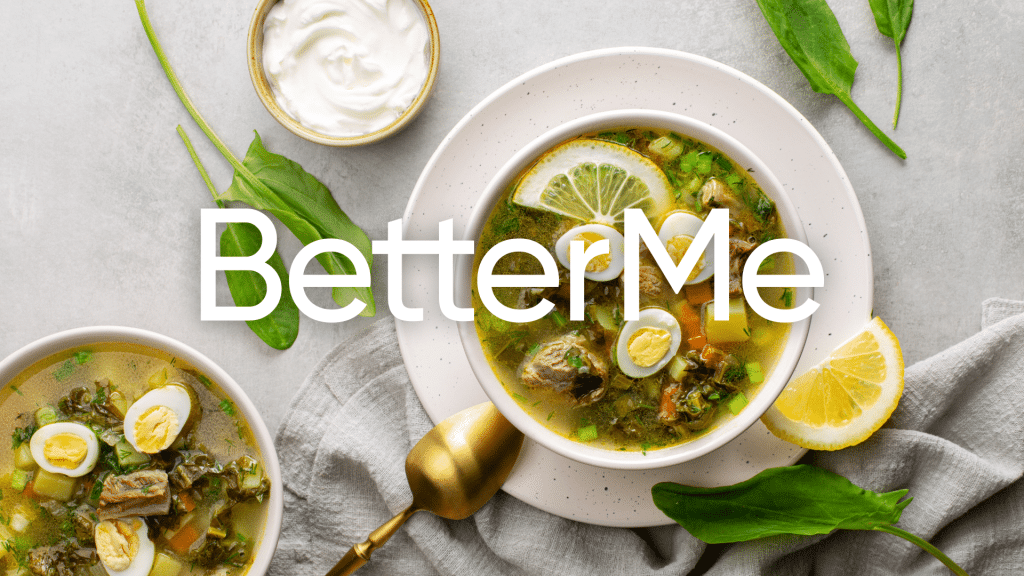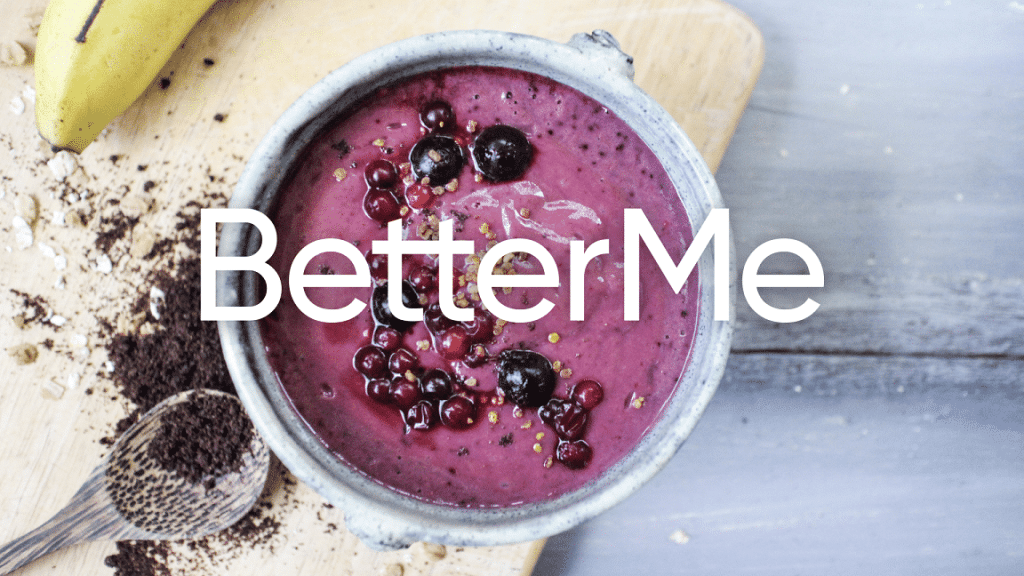Many people are familiar with the keto diet—a high-fat, low-carbohydrate way of eating that’s credited with helping people lose weight and improve their health. Many are also familiar with the vegetarian and vegan diets, which are plant-based ways of eating. But what about a ketotarian diet?
As the name suggests, a ketotarian diet combines these two approaches to eating. It’s a high-fat, low-carbohydrate, plant-based way of eating that has some similarities to the keto diet, with a few key differences.
Like the keto diet, a ketotarian diet is focused on restricting carbohydrates. Instead of getting the majority of your protein from animal sources, as you would on the keto diet, you get the majority of your protein on a ketotarian diet from plant-based sources.
In this article, we’ll explore the ketotarian diet in more depth, including its benefits and drawbacks, and provide a meal plan to get you started.
What Is The Ketotarian Meal Plan?
The keto diet is a popular and effective solution for weight loss and improving overall health. However, one major criticism of the keto diet is that it’s meat-heavy, which can result in high consumption of saturated fat and cholesterol (12).
The ketotarian meal plan is a new twist to the keto diet that emphasizes plant-based foods while still maintaining the low-carb, high-fat principles of the keto diet.
Popularized by the book “Ketotarian: The (Mostly) Plant-Based Plan to Burn Fat, Boost Your Energy, Crush Your Cravings, and Calm Inflammation” by Dr. Will Cole, the ketotarian meal plan is based on the following principles:
- A focus on healthy fats: This includes fats from avocados, olive oil, nuts, and seeds.
- A moderate amount of protein: This includes plant-based sources of protein such as tofu, legumes, and tempeh.
- A limited amount of carbohydrates: This includes starchy vegetables like sweet potatoes and winter squash, as well as non-starchy vegetables like leafy greens.
- An abundance of nutrient-rich foods: This includes plenty of fruits and vegetables of all colors, which are packed with vitamins, minerals, and antioxidants.
Read More: What Is The Ideal Ketosis Level For Weight Loss? How To Monitor Ketones
How To Follow The Ketotarian Diet?
According to author Will Cole, the ketotarian diet is not about counting calories or macros. Instead, it’s about focusing on nutrient-rich, whole foods that will help you feel your best.
To follow this diet, you must:
- Restrict your daily carb intake to less than 5% of your calories. This roughly equals 25 net grams of carbs (not including fiber).
- Eat 70-75% of your calories from healthy fats. This includes avocados, olive oil, nuts, and seeds.
- Eat 20-25% of your calories from protein. These are only from plant-based sources of protein such as tofu, legumes, and tempeh. Avoid meat and dairy.
- Focus on food quality, not quantity. This means eating mostly whole, unprocessed foods, and avoiding processed foods, sugary drinks, and refined carbs.
- Choose organic and sustainably-sourced foods whenever possible.
- Limit non-fermented soy products such as tofu, tempeh, and soy milk. This is due to their phytoestrogen content, which some believe can potentially disrupt hormone balance, although this theory is not supported by the body of scientific evidence (1) (5).
- Avoid sugar and sweeteners as much as possible. This includes honey, agave, maple syrup, and coconut sugar. Stevia is the only exception.
- Avoid seed oils such as canola, sunflower, and safflower oil. They have a high omega-6 to omega-3 ratio and are thought to be pro-inflammatory (10). Instead, opt for olive oil, avocado oil, or coconut oil.
- Avoid nightshade vegetables such as potatoes, tomatoes, peppers, and eggplants. According to Cole, these vegetables can trigger inflammation in some people. They may also cause digestive issues for those with sensitive stomachs.
Sample 7 Day Ketotarian Meal Plan
Meal planning is one of the best ways to ensure you stay on track with any diet. It also helps to prevent last-minute decisions that could result in unhealthy choices.
When following the ketotarian diet, aim to make each meal as nutrient-rich as possible. Here’s a sample meal plan to get you started:
Day 1
- Breakfast – Green smoothie with avocado, spinach, kale, and almond milk
- Lunch – Quinoa salad with black beans, cherry tomatoes, red onion, and avocado dressing
- Snack – Cucumber slices with hummus
- Dinner – Lentil soup with carrots, celery, and onion
Day 2
- Breakfast – Overnight oats with chia seeds, almond milk, and raspberries
- Lunch – Kale and quinoa salad with roasted sweet potato, red onion, and avocado dressing
- Snack – Apple slices with almond butter
- Dinner – Mushroom soup with carrots, celery, and onion
Day 3
- Breakfast – Banana muffins with almond flour, flaxseed meal, and almond milk
- Lunch – Spicy black bean soup with tomatoes, onion, and celery
- Snack – Cucumber slices with tzatziki sauce
- Dinner – Vegan Eggplant Parmesan with quinoa pasta and a side salad
Day 4
- Breakfast – Green smoothie with avocado, spinach, kale, and almond milk
- Lunch – Quinoa salad with black beans, cherry tomatoes, red onion, and avocado dressing
- Snack – Cucumber slices with hummus
- Dinner – Lentil soup with carrots, celery, and onion
When it comes to weight loss, progress is made by inches, not miles, so it’s much harder to track and a lot easier to give up. BetterMe app is your personal trainer, nutritionist and support system all in one. Start using our app to stay on track and hold yourself accountable!
Day 5
- Breakfast – Overnight oats with chia seeds, almond milk, and raspberries
- Lunch – Kale and quinoa salad with roasted sweet potato, red onion, and avocado dressing
- Snack – Apple slices with almond butter
- Dinner – Veg sandwich on whole grain bread with avocado, tomato, and cucumber
Day 6
- Breakfast – Banana muffins with almond flour, flaxseed meal, and almond milk
- Lunch – Spicy black bean soup with tomatoes, onion, and celery
- Snack – Nuts and seeds
- Dinner – Zucchini spaghetti with lentil meatballs and a side salad
Day 7
- Breakfast – Green smoothie with avocado, spinach, kale, and almond milk
- Lunch – Quinoa salad with black beans, cherry tomatoes, red onion, and avocado dressing
- Snack – PB and J sandwich on whole grain bread
- Dinner – Cauliflower crust pizza with veggies and tofu
Read More: 1 Week Keto Meal Plan To Get You Started On A Low Carb Diet
What Are The Benefits Of The Ketotarian Meal Plan?
The ketoterian diet offers the combined potential benefits of the keto diet and the vegetarian diet.
Highly Anti-Inflammatory
Inflammation is at the root of most chronic diseases, so it’s no surprise that reducing inflammation is a major goal of many people. The ketotarian diet is based on potentially anti-inflammatory nutrients like omega-3 fatty acids, antioxidants, phytonutrients, and polyphenols (11).
Omega-3 fatty acids are found in abundance in plant-based sources like flaxseeds, chia seeds, and hemp seeds.
Antioxidants are found in fruits and vegetables of all colors, while phytonutrients and polyphenols are found in plant-based foods like herbs, spices, and tea.
Promotes Gut Health
The gut is often referred to as the “second brain” because of the close connection between the gut and the brain (15). The gut houses about 70% of the body’s immune system.
A healthy gut is essential for a strong immune system, and the ketotarian diet is based on gut-healthy foods like fermented foods, prebiotic foods, and probiotic foods (16).
Fermented foods like kimchi and sauerkraut are excellent sources of probiotics, which are the “good” bacteria that help keep the gut healthy. Prebiotic foods like onions, garlic, and other fiber-rich fruits and vegetables feed the probiotics and help them thrive (6).
May Help To Manage Diabetes
The ketotarian diet may help to manage diabetes by stabilizing blood sugar levels. The high-fat, low-carbohydrate approach of the keto diet has been shown to be effective in improving glycemic control (7).
A plant-based diet is also beneficial for people with diabetes because it’s high in fiber, which helps to regulate blood sugar levels (3). The ketotarian diet combines the best of both worlds by focusing on healthy fats and plant-based proteins and carbohydrates. Always talk to your doctor before making any major dietary changes if you have diabetes. Your medications may need to be adjusted and your doctor will want to monitor how the changes are affecting you for safety.
May Help With Weight Loss
The ketotarian diet may help with weight loss by promoting satiety and stabilizing blood sugar levels. The high-fat content of the keto diet has been shown to promote satiety, while the low-carbohydrate approach helps to stabilize blood sugar levels (8) (13).
A plant-based diet is also beneficial for weight loss because it’s high in fiber, which helps to regulate digestion and promote satiety (9). The ketotarian diet combines the best of both worlds by focusing on healthy fats and plant-based proteins and carbohydrates.
If you wish to free yourself from all the extra pounds that have been weighting you down for way too long, start using the BetterMe app and overhaul your entire life!
What Are The Drawbacks Of The Ketotarian Meal Plan?
Although the ketotarian diet has many possible benefits, there are a few potential drawbacks to seriously consider.
May Be Difficult To Follow Long-Term
The ketotarian diet may be difficult to follow long-term because it requires a significant change in eating habits. The ketotarian diet is based on a high-fat, low-carbohydrate approach, which is the opposite of the standard American diet.
In addition, the ketotarian diet eliminates major food groups like dairy and grains. This may make it difficult to stick to the diet long-term, especially if you have a strong preference for these foods.
May Not Be Appropriate For Everyone
The ketotarian diet may not be appropriate for everyone. People with chronic health conditions or allergies may need to avoid certain foods on the ketotarian diet.
For example, some people with autoimmune diseases may need to avoid foods that are triggers for them. .
People with food allergies may need to avoid specific foods on the ketotarian diet, such as nuts, seeds, and soy.
Always talk to your doctor before making any major dietary changes if you have any medical conditions, are taking any medications, or have allergies. Diets that restrict certain macronutrients or food groups are not appropriate for everyone, especially pregnant women.
What To Expect When Starting The Ketotarian Diet?
If you’re thinking about starting the ketotarian diet, there are a few things you should know.
You May Experience Side Effects When You First Start The Diet
When you first start the ketotarian diet, you may experience side effects like the “keto flu.” The keto flu is a group of symptoms that may occur when your body adjusts to the new diet (4).
Side effects of the keto flu include fatigue, headaches, brain fog, and irritability. These side effects are usually temporary and will resolve as your body adjusts to the new diet.
You May Need To Supplement Your Diet
When you’re on the ketotarian diet, you may need to supplement your diet with vitamins and minerals. This is because the diet eliminates certain food groups that are rich in nutrients.
For example, the ketotarian diet eliminates dairy, which is a good source of calcium. If you’re on the ketotarian diet, you may need to supplement your diet with calcium. Talk to your doctor or dietitian about nutrients you may be missing and whether you need to take a supplement.
You May Need To Avoid Certain Foods
If you have a chronic health condition or food allergy, you may need to avoid certain foods on the ketotarian diet. For example, people with autoimmune diseases may need to avoid trigger foods, and people with food allergies may need to avoid nuts, seeds, or soy (2).
The Bottom Line
The ketotarian meal plan is a new twist on the keto diet that emphasizes plant-based foods while still allowing for some animal-based proteins and fats.
This approach offers the combined potential benefits of the keto diet and the vegetarian diet, making it an option for people who are looking to lose weight, improve their gut health, and reduce inflammation.
DISCLAIMER:
This article is intended for general informational purposes only and does not serve to address individual circumstances. It is not a substitute for professional advice or help and should not be relied on for making any kind of decision-making. Any action taken as a direct or indirect result of the information in this article is entirely at your own risk and is your sole responsibility.
BetterMe, its content staff, and its medical advisors accept no responsibility for inaccuracies, errors, misstatements, inconsistencies, or omissions and specifically disclaim any liability, loss or risk, personal, professional or otherwise, which may be incurred as a consequence, directly or indirectly, of the use and/or application of any content.
You should always seek the advice of your physician or other qualified health provider with any questions you may have regarding a medical condition or your specific situation. Never disregard professional medical advice or delay seeking it because of BetterMe content. If you suspect or think you may have a medical emergency, call your doctor.
SOURCES:
- Adult Ovarian Function Can Be Affected by High Levels of Soy (2010, academic.oup.com)
- Allergies to Nuts and Seeds (2020, sciencedirect.com)
- A plant-based diet for the prevention and treatment of type 2 diabetes (2017, ncbi.nlm.nih.gov)
- Consumer Reports of “Keto Flu” Associated With the Ketogenic Diet (2020, frontiersin.org)
- Effects of Dietary Phytoestrogens on Hormones throughout a Human Lifespan: A Review (2020, mdpi.com)
- Effects of Probiotics, Prebiotics, and Synbiotics on Human Health (2017, mdpi.com)
- Effects of the Ketogenic Diet on Glycemic Control in Diabetic Patients: Meta-Analysis of Clinical Trials (2017, ncbi.nlm.nih.gov)
- Fats and Satiety – Fat Detection (2010, ncbi.nlm.nih.gov)
- Health benefits of dietary fiber (2009, academic.oup.com)
- Importance of maintaining a low omega–6/omega–3 ratio for reducing inflammation (2018, ncbi.nlm.nih.gov)
- Ketogenic diet exhibits anti‐inflammatory properties (2015, onlinelibrary.wiley.com)
- Ketogenic Diets and Chronic Disease: Weighing the Benefits Against the Risks (2021, frontiersin.org)
- Low Carbohydrate Dietary Approaches for People With Type 2 Diabetes—A Narrative Review (2021, frontiersin.org)
- Solanine is a glycoalkaloid poison found in some species of the nightshade faily( solanaceae) such as potato, tomato, eggplant (2012, esnsa-eg.com)
- The Contribution of Gut Microbiota–Brain Axis in the Development of Brain Disorders (2021, frontiersin.org)
- The role of gut microbiota in immune homeostasis and autoimmunity (2012, ncbi.nlm.nih.gov)
















